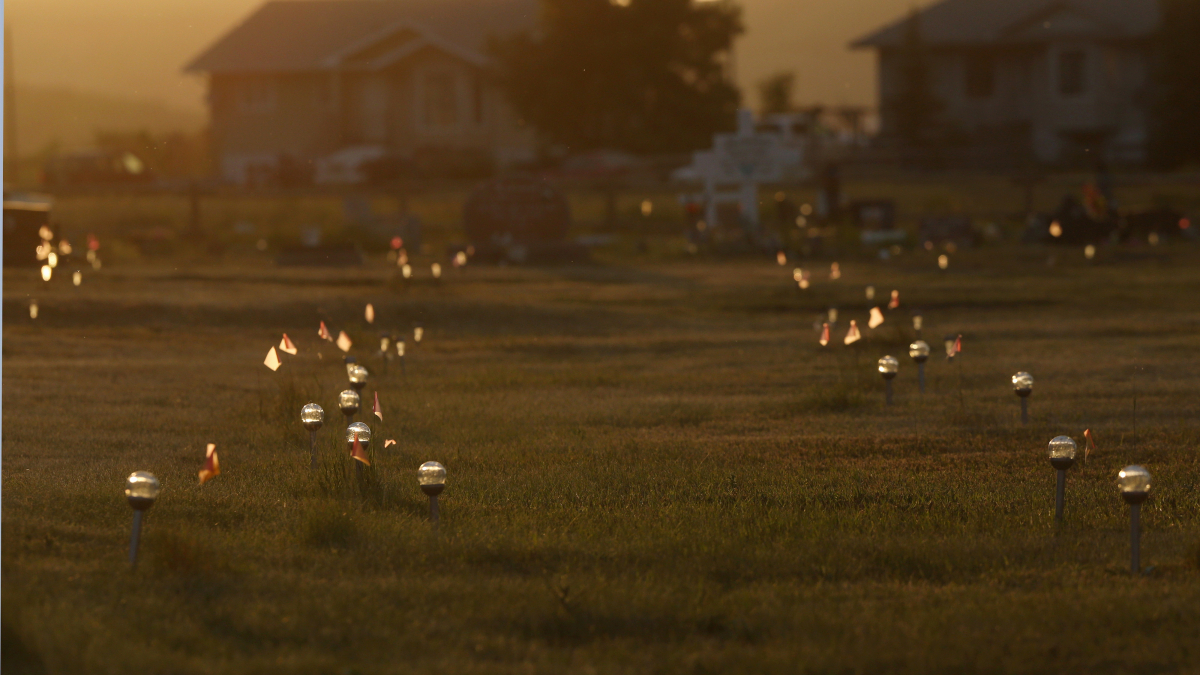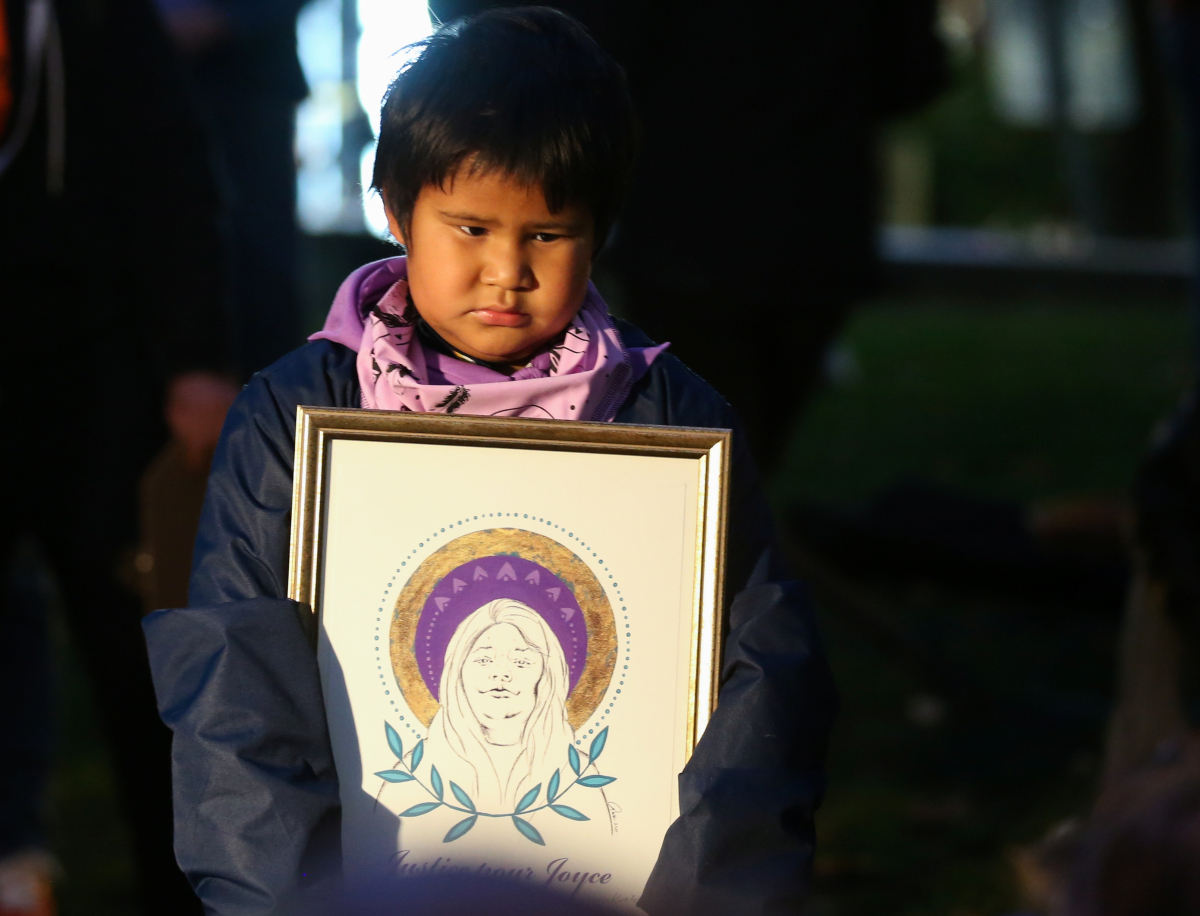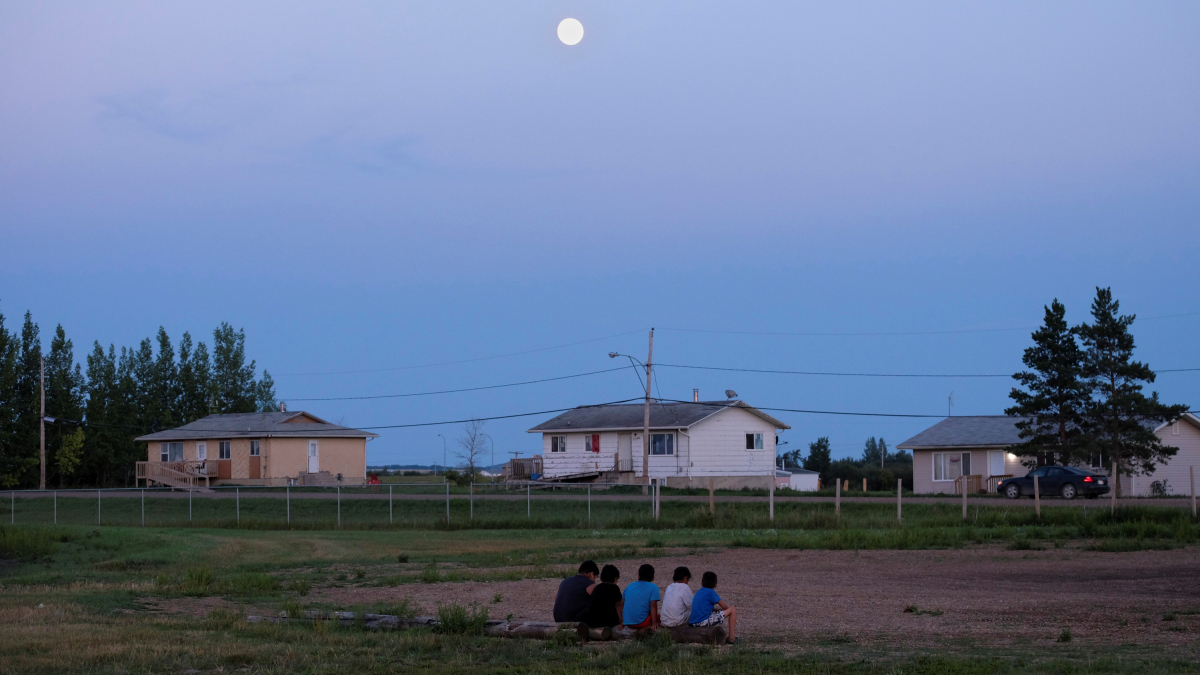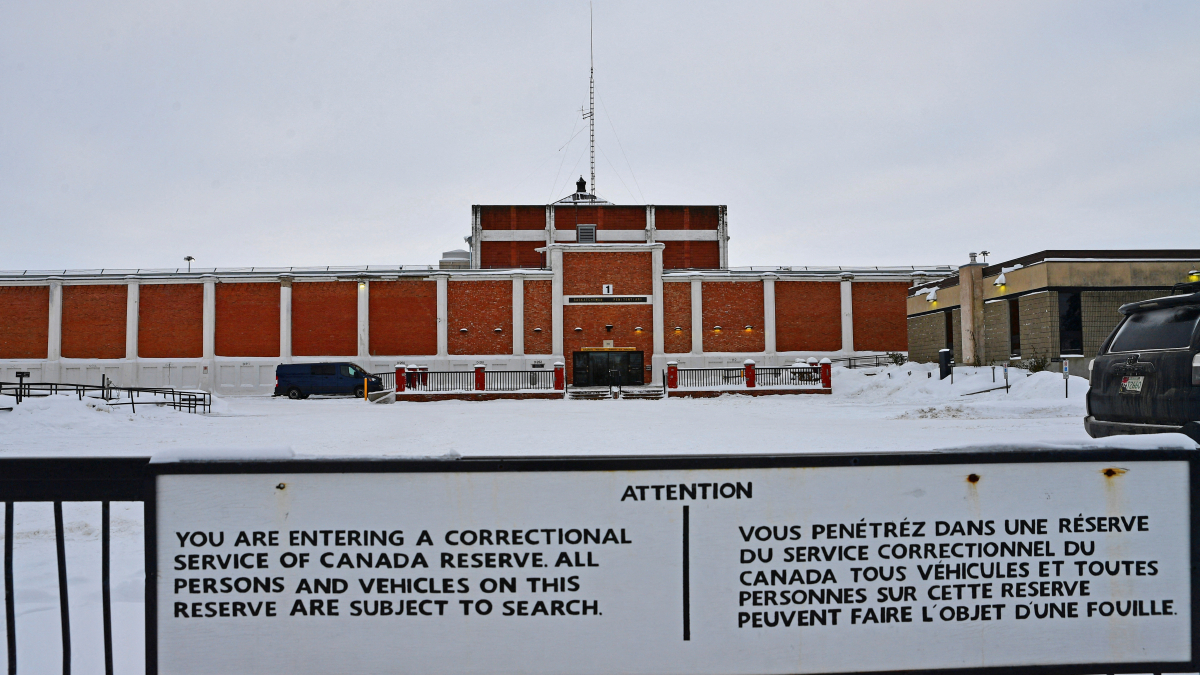Ukraine claims critical strike on Russian submarine in Novorossiysk
Ukraine’s domestic security service, the SBU, says it struck a Russian Kilo‑class submarine in the Black Sea port of Novorossiysk, causing critica...
Despite record spending, Canada’s Indigenous communities continue to face deep inequalities in health care, emergency response, child welfare, and basic services, as new audits and court rulings expose persistent structural failures.
The latest findings highlight a widening credibility gap between government promises and the daily realities of Indigenous peoples across Canada. From overcrowded clinics to unresolved land disputes, decades of reform have failed to bring lasting change.
A series of reports and court decisions released in October reveals a pattern of structural neglect—one that Indigenous leaders say demands not another review, but a fundamental reset of how services are designed and delivered.

Health access crisis in Saskatchewan
Indigenous communities in Saskatchewan continue to face severe barriers to healthcare, revealing deep inequities in service access and accountability.
Since 2023, the province’s First Nations Health Ombudsperson has received nearly 500 complaints of discrimination and neglect, mostly from remote northern regions where hospital closures and staff shortages are common.
Ombudsperson Dianne Lafond said patients often wait up to 20 hours in emergency rooms or are turned away without treatment.
Her report also includes allegations of verbal and physical abuse, with some whistleblowers silenced by non-disclosure agreements.
Heather Bear, chair of the Ombudsperson’s board, urged the province to ban such agreements, calling them “a barrier to justice.”
The Ombudsperson’s office—the first in Canada dedicated to Indigenous health complaints—was created to expose systemic bias and provide culturally safe support.
The Saskatchewan Health Authority told CBC News it would review the findings, though Indigenous leaders warn progress will remain limited without stronger investment in staffing, infrastructure, and culturally competent care.
Survivors of coerced sterilisation seek justice and recovery
For decades, Indigenous women across Canada were subjected to coerced or forced sterilisation in hospitals and clinics, often without their knowledge or consent.
The practice, which persisted in several provinces into the 2010s, has been widely condemned by the UN Committee Against Torture and Canadian human rights groups as a breach of international law and medical ethics.
Investigations and court testimonies have shown that many procedures were carried out under social welfare or birth control policies that targeted Indigenous and marginalised women.
Survivors say they were misled by doctors who claimed the operations were temporary or necessary for health reasons — assumptions rooted in systemic racism and paternalism.
A recent study by the University of Ottawa’s Centre for Health Law, Policy and Ethics and the Survivors Circle for Reproductive Justice details how victims are now seeking to restore fertility and regain bodily autonomy.
The report highlights medical options such as in vitro fertilisation, surrogacy, and surgical reversal, but finds that for most women, access is limited by geography, cost, and the absence of culturally safe care.
In many remote regions, survivors struggle to obtain medical records confirming that sterilisation occurred, making treatment even harder to secure.

Harmony Redsky, executive director of the Survivors Circle, said the process of recovery remains emotionally and physically exhausting.
“Many women are retraumatised when they return to the same system that once harmed them,” she said. Co-author and survivor Katy Bear, who paid over 7,000 dollars for fertility procedures, described the experience as “a government-sanctioned assault that no woman should have to pay to undo”.
The report calls for a national framework to fund fertility restoration, patient advocates to guide survivors through the health system, and legislation to criminalise sterilisation without consent.
It also recommends counselling and trauma support as part of any compensation programme. Redsky said these reforms are essential to rebuilding trust and achieving meaningful reconciliation. “You cannot talk about justice while survivors are still healing alone,” she said.
Ontario child welfare funds remain frozen
A landmark 8.5-billion-dollar agreement meant to reform child welfare for Ontario’s First Nations remains stalled, leaving communities waiting for funds promised earlier this year.
The Ontario Final Settlement Agreement was designed to let Indigenous communities manage their own family services and keep children closer to their homes and cultures.
But payments have been frozen while the Canadian Human Rights Tribunal reviews a challenge by the First Nations Child and Family Caring Society.
Cindy Blackstock, the society’s executive director, said the deal’s nine-year funding limit allows Ottawa to reduce support at any time, undermining long-term reform. Ontario Regional Chief Abram Benedict called the delay “unacceptable interference,” while Temagami First Nation’s Chief Shelly Moore-Frappier warned that every month of inaction keeps families trapped in a failing system.
The Canada’s National Observer reported that Indigenous leaders want funds released immediately, arguing that the agreement reflects their sovereignty and right to self-determination. For many communities, the outcome will determine whether the next generation grows up within their culture—or within state care.
Demographic decline and Canada’s future
For decades, Indigenous peoples were among the youngest and fastest-growing populations in Canada, shaping the social and economic life of rural, northern and Prairie regions. New data published in Demographic Research shows that this trend has reversed, with fertility among Indigenous women falling below the replacement level for the first time in recorded history. The total fertility rate dropped from 2.10 in 2001 to 1.54 in 2021, while the rate among Status Indians declined from 2.45 to 1.82 in the same period. Métis and Non-Status Indians now have some of the lowest fertility levels in the country—around 1.23 and 1.13 respectively—whereas Inuit fertility remains high at 2.57, implying modest growth in the North.

Researchers say the drop will transform community needs. Fewer births will mean smaller school cohorts and reduced demand for youth services, while ageing populations will require greater investment in elder care, chronic-disease management, and housing for older adults. The report notes that fertility convergence between Indigenous and non-Indigenous populations reflects changing social and economic realities, including education, urban migration, and access to health care.
The study also warns that population decline could reshape Canada’s broader future. Maintaining strong Indigenous presence in rural and northern regions is vital for national development and sovereignty, and a shrinking demographic base could weaken that stability in the decades ahead.
Ottawa’s weak emergency response as climate disasters rise
The urgency of reform extends beyond health and family policy to the growing challenge of climate-driven disasters. Between 2023 and 2025, more than 560 emergencies—including wildfires and floods—forced about 150 evacuations across First Nations, yet many communities still lack clear emergency agreements with provincial authorities.
Auditor General Karen Hogan said the absence of consistent frameworks leaves communities uncertain about responsibilities during crises. The Canada’s National Observer noted that only Ontario currently has evacuation standards for food, health, and mental health support, while most regions rely on outdated or incomplete arrangements.
Indigenous Services Canada has pledged a detailed action plan by spring 2026 and says work is under way to establish multilateral agreements with provinces and Indigenous governments. Despite these promises, long-term water advisories, housing shortages, and healthcare vacancies continue to undermine disaster preparedness, reflecting years of fragmented policy and slow execution.
Land rights, courts, and the legacy of colonisation
Canada’s colonial history continues to shape the country’s legal landscape. In a recent ruling reported by The Narwhal, three Indigenous land defenders—Sleydo’ Molly Wickham, Shaylynn Sampson, and Corey Jocko—were spared jail time after being convicted of blocking the Coastal GasLink pipeline in 2021. B.C. Supreme Court Justice Michael Tammen cited “the dark shadow of the legacy of colonisation” and condemned racist remarks made by police during their arrests.
Tammen said that even a symbolic leniency could “advance reconciliation, however infinitesimally.” The decision acknowledged the Wet’suwet’en hereditary chiefs’ decades-long struggle for recognition and highlighted how little progress has been made since the landmark Delgamuukw ruling confirmed that their land title had never been extinguished.
The case underscored continuing tensions between Indigenous sovereignty and industrial development. Construction of the 670-kilometre Coastal GasLink pipeline finished in 2023, but the deeper conflict over consent and self-governance remains unresolved.

Auditor general warns of “unsatisfactory progress”
The systemic nature of these problems is reinforced by the Auditor General’s findings that Indigenous Services Canada continues to fall short in nearly every major programme area. Her office found unsatisfactory progress in implementing reforms to health, emergency management, and water access—despite unprecedented funding increases.
Hogan said the department’s lack of long-term vision and coordination has kept many First Nations from benefiting equally from federal programmes. Ontario Regional Chief Abram Benedict described the situation as “a failure of focus and accountability.” ISC Minister Mandy Gull-Masty called the report “a path forward,” arguing that change will depend on a closer partnership with Indigenous leaders.
Yet as CBC News noted, for many communities, promises of partnership are not enough. Without measurable improvements on the ground, trust between Indigenous peoples and Ottawa risks eroding further.
A system still failing its promises
Across every sector examined—from health and justice to welfare and demography—the picture that emerges is one of slow progress and persistent inequity. While the federal government points to new frameworks and future action plans, the gap between policy and lived reality remains wide. Indigenous leaders argue that true reconciliation will depend not on renewed pledges but on transferring power to communities themselves. Until that happens, Canada’s reconciliation project risks remaining a promise still waiting to be fulfilled.
Russia’s human rights commissioner, Tatyana Moskalkova, has said that Ukraine has not provided Moscow with a list of thousands of children it alleges were taken illegally to Russia, despite the issue being discussed during talks in Istanbul.
Iranian authorities have seized a foreign tanker carrying more than 6 million litres of smuggled fuel in the Sea of Oman, detaining all 18 crew members on board.
An explosive device found in a vehicle linked to one of the alleged attackers in Bondi shooting has been secured and removed according to Police. The incident left 12 people dead.
The latest round of clashes between Thailand and Cambodia has left 15 Thai soldiers dead and 270 others injured, Thailand’s Ministry of Defence spokesman Surasant Kongsiri said at a press conference on Saturday.
Syrian President Ahmad al-Sharaa has offered condolences to President Donald Trump following an ISIS attack near the ancient city of Palmyra that killed two U.S. soldiers and a civilian interpreter, Syrian and U.S. officials said Sunday.
Ukraine’s domestic security service, the SBU, says it struck a Russian Kilo‑class submarine in the Black Sea port of Novorossiysk, causing critical damage.
Washington’s seizure of a tanker carrying Venezuelan oil shows a shift from financial sanctions to direct maritime action, further straining relations with Caracas and increasing risks for global shipping.
Anewz brings you the best videos of the day from around the world covering everything from uplifting events to updates in conflict zones.
French senators on Monday approved a revised 2026 budget bill that the government warned could worsen the country’s fiscal deficit, setting the stage for tense negotiations between parliament’s two chambers later this week.
Flooding in Bolivia’s eastern Santa Cruz region has killed at least 20 people after an overflowing river swept through multiple communities, authorities said on Monday, with the toll expected to increase as rescue teams reach areas that were previously inaccessible.
You can download the AnewZ application from Play Store and the App Store.

What is your opinion on this topic?
Leave the first comment